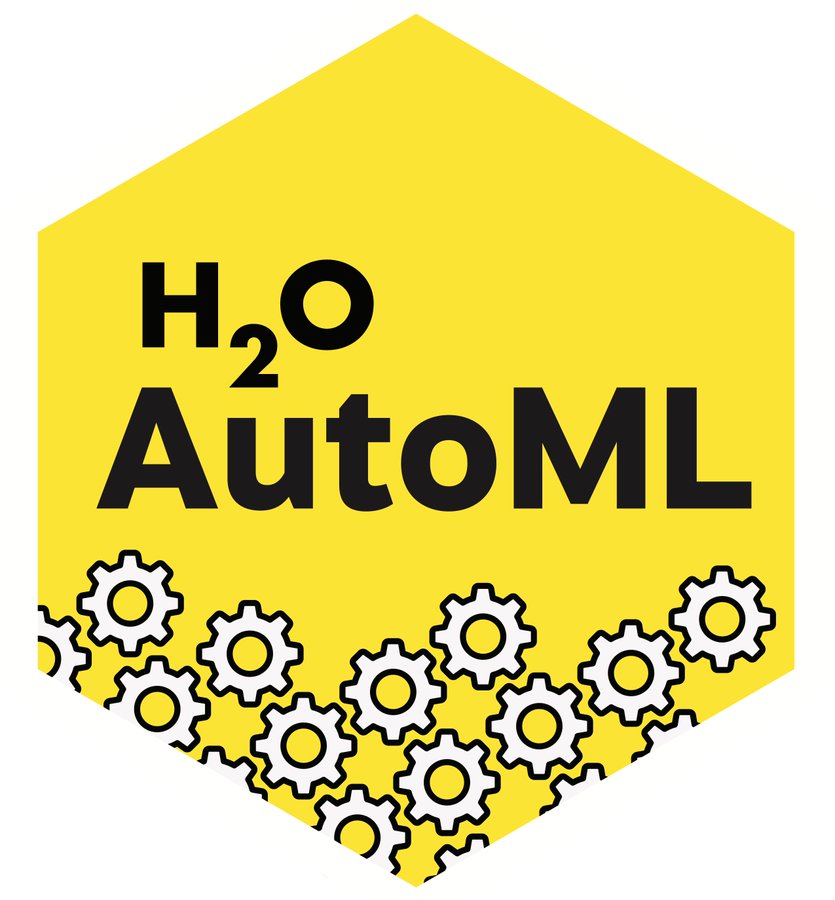05:00
3 - What makes a model?
Analytical Paleobiology Workshop 2022
Your turn

How many different models can you think of?
Illustration credit:
https://vas3k.com/blog/machine_learning/
Steps for applying machine learning ![]()
- Choose a model
- Specify additional parameters if any.
- That’s it for now!
Choosing a model
library(h2o)
h2o.init(nthreads = 1, #Number of threads/cores
max_mem_size = "1G") #max mem size is the maximum memory to allocate to H2O
abalone <- read.csv("abalone.csv")
abalone$sex <- as.factor(abalone$sex) # NEW LINE ADDED
abalone_h2o <- as.h2o(abalone) # convert to h2o data
ring_split <- h2o.splitFrame(abalone_h2o, ratio=0.7)
ring_train <- ring_split[[1]]
ring_test <- ring_split[[2]]Choosing a model
Steps for applying machine learning ![]()
- Choose a model
- Specify additional parameters if any.
- That’s it for now!
Specifying parameters
How to choose the optimal lambda value: click here to read.
Your turn
- Choose a model
- Specify additional parameters if any.
- That’s it for now!

20:00
All available models are listed at https://docs.h2o.ai/h2o/latest-stable/h2o-docs/data-science.html
